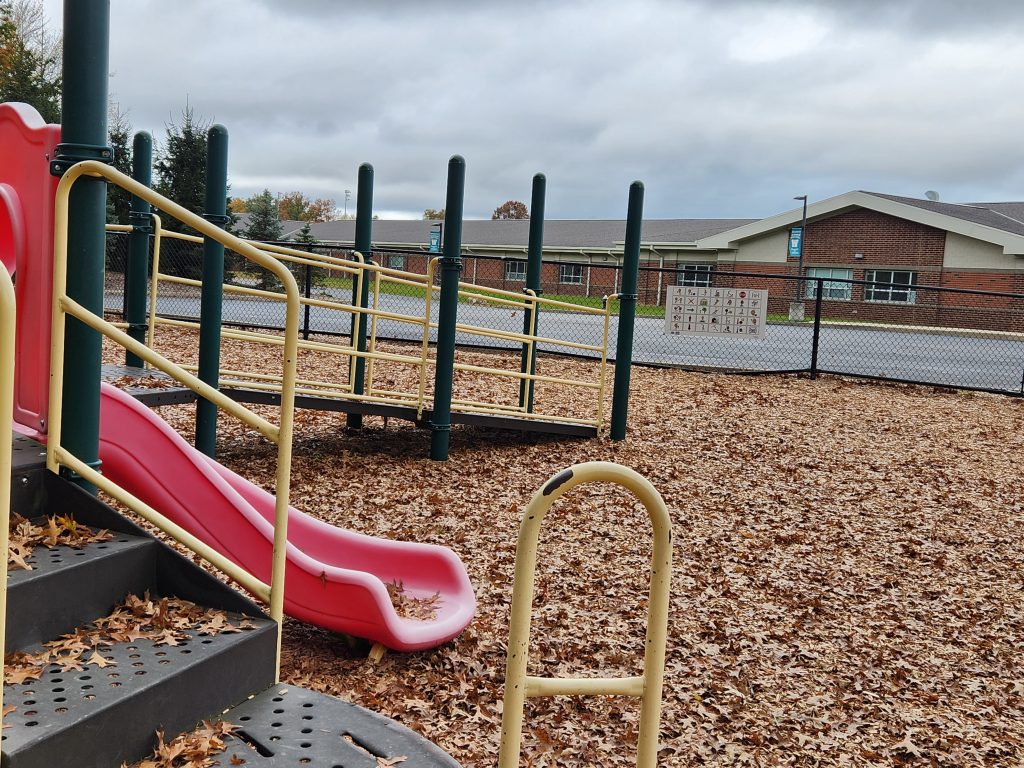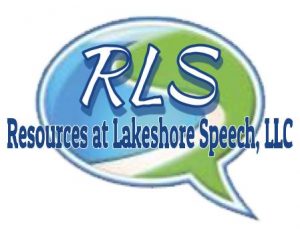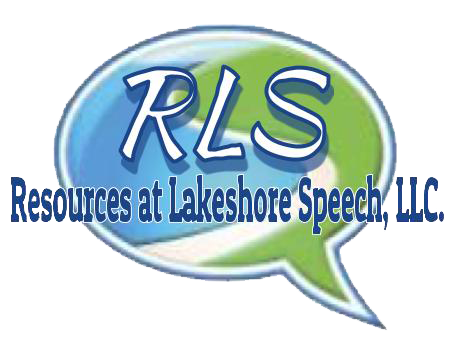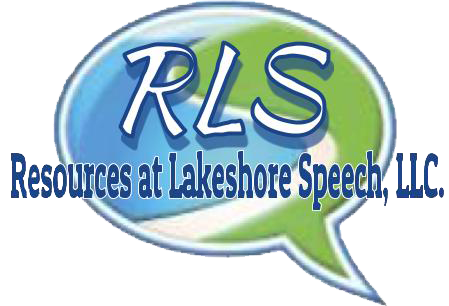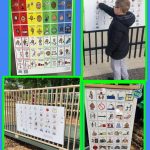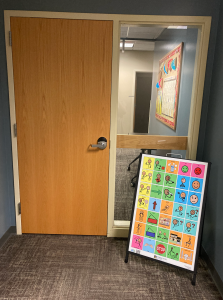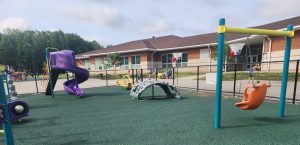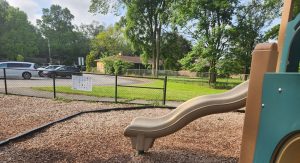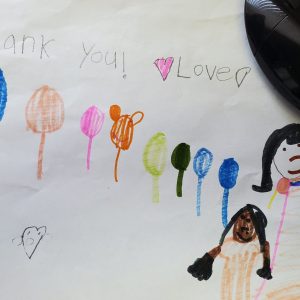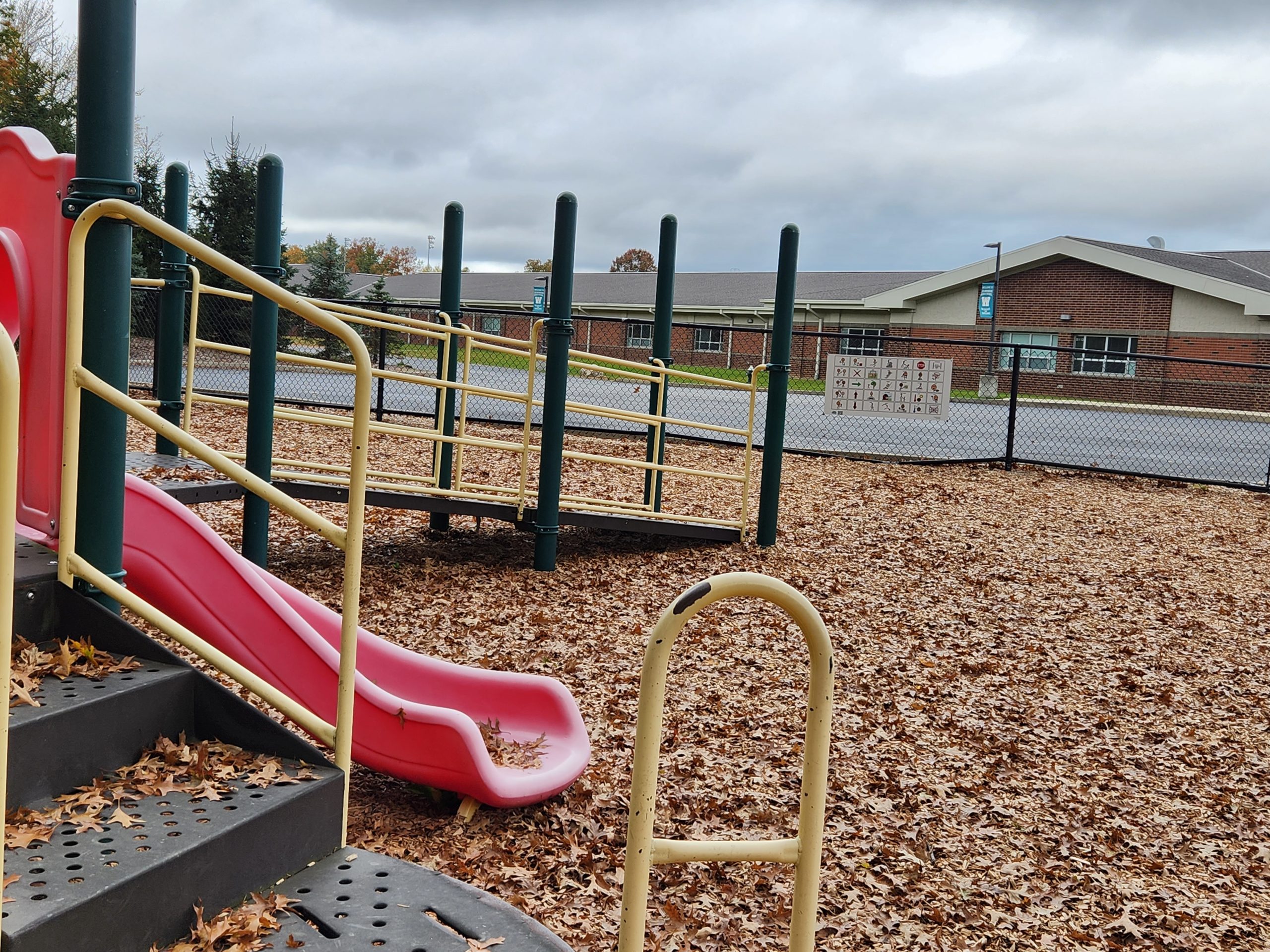
We’ve seen firsthand the power of communication in fostering inclusivity and community connection. Communication is the foundation of human interaction, yet for some children, expressing their thoughts, needs, and emotions is a challenge. This is where communication boards can make a world of difference, especially in public spaces like playgrounds. For those young leaders seeking to make a lasting impact through their Eagle Scouts or Girl Scout Gold Award projects, installing playground communication boards is not only a meaningful endeavor but one that can profoundly change the lives of children and families in their communities.
What Are Playground Communication Boards?
Before diving into why this project is so impactful, let’s first explore what playground communication boards are. These boards are essentially visual aids that provide children, especially those with speech and language difficulties, a way to communicate. They typically feature pictures, symbols, or words that represent common phrases or requests, allowing children to point to what they need or want to say.
These boards can be customized to reflect the activities available at the playground, such as “slide,” “swing,” “run,” “stop,” or even social phrases like “Can I play?” and “Thank you.” The goal is to create an inclusive environment where every child, regardless of their communication abilities, can engage fully in play and social interaction.
Why Playground Communication Boards?
Promoting Inclusivity and Accessibility
One of the most compelling reasons to choose this project is the significant impact it has on promoting inclusivity and accessibility in public spaces. Playgrounds should be places where all children can play together, regardless of their abilities. However, for children with communication challenges, engaging with peers or even participating in activities can be overwhelming or isolating. Communication boards help bridge this gap by providing a tool that facilitates interaction, making the playground a more welcoming space for everyone.
Encouraging Social Interaction
Play is a crucial part of childhood development, particularly when it comes to social skills. For children who struggle with verbal communication, initiating or responding to social interactions can be daunting. A communication board gives these children a voice, allowing them to express themselves and participate in group play. This not only benefits the child using the board but also teaches other children about diversity and inclusion, fostering a more empathetic and understanding community.
Enhancing Language Development
For children with emerging language skills, communication boards can be a valuable tool for language development. By consistently seeing and using symbols that correspond with words, children can begin to make connections between the symbols and spoken language. This visual support can reinforce vocabulary, sentence structure, and the overall concept of communication, aiding in the child’s speech and language development.
Why This Project Is Perfect for Eagle Scouts and Girl Scout Gold Award Candidates
A Tangible, Lasting Impact
Eagle Scout and Girl Scout Gold Award projects are designed to make a lasting impact on the community, and playground communication boards are a perfect example of this. Once installed, these boards can serve the community for years, helping countless children and families. The project leaves behind a tangible legacy, something that the Scout can return to and be proud of long after the board is installed.
Community Engagement and Awareness
Installing communication boards requires collaboration with various community members and organizations, providing Scouts with an opportunity to engage with their community in meaningful ways. This might involve working with local parks and recreation departments, special education teachers, speech-language pathologists, and even parents of children with special needs. Through these collaborations, the project not only benefits the playground but also raises awareness about the importance of communication accessibility in public spaces.
Leadership and Project Management Skills
The process of planning, designing, and installing a communication board is an excellent way for Scouts to develop and demonstrate leadership and project management skills. From researching the best practices for communication board design to coordinating with local authorities and volunteers, this project involves a range of tasks that require organization, communication, and problem-solving skills. These are all key components of both the Eagle Scout and Girl Scout Gold Award criteria.
Creativity and Personalization
Another aspect that makes this project appealing is the opportunity for creativity and personalization. The Scout can work closely with experts to design a board that reflects the specific needs and characteristics of their community. This might involve selecting symbols that are culturally relevant, incorporating local languages, or even designing the board to match the aesthetic of the playground. This level of personalization ensures that the board is not just functional but also a true reflection of the community it serves.
Steps to Implementing a Playground Communication Board Project
Research and Planning
The first step in implementing this project is research. The Scout should begin by learning about communication boards, their benefits, and how they are used in various settings. This might involve talking to speech-language therapists, special education teachers, and other professionals who have experience with AAC (Augmentative and Alternative Communication) tools. Understanding the needs of the community is also crucial. The Scout should consider questions like: What is the demographic of the playground? Are there specific needs or preferences that should be taken into account?
Securing Approvals and Partnerships
Next, the Scout will need to secure approvals from the appropriate authorities. This might include the local parks and recreation department, city council, or school board, depending on where the playground is located. Building partnerships with local businesses, nonprofits, or civic groups can also be beneficial, both for fundraising and for gathering volunteers to help with the project.
Designing the Communication Board
With the necessary approvals in place, the next step is designing the board. The design should be visually appealing, with clear symbols and text that are easily understood by children of all ages and abilities. It’s also important to consider the materials used for the board, ensuring that it is durable and weather-resistant.
Fundraising and Budgeting
Depending on the scope of the project, fundraising may be necessary to cover the costs of materials and installation. The Scout can organize fundraising events, seek donations from local businesses, or apply for grants that support community projects. Creating a detailed budget will help ensure that all aspects of the project are accounted for, from design and materials to installation and any ongoing maintenance.
Installation and Community Involvement
Once the board is designed and the necessary funds are secured, it’s time to install the communication board. This is a great opportunity to involve the community, inviting volunteers to help with the installation process. The Scout might organize a community event to unveil the board, using the occasion to educate the public about the importance of communication accessibility and how the board can be used.
Maintenance and Longevity
Finally, it’s important to consider the long-term maintenance of the communication board. The Scout should work with the relevant authorities to establish a plan for keeping the board in good condition, including regular cleaning and updates if necessary. This ensures that the board remains a valuable resource for the community for years to come.
Making a Difference, One Playground at a Time
For Eagle Scouts and Girl Scout Gold Award candidates, choosing a project that not only challenges them but also leaves a lasting positive impact on their community is essential. Installing playground communication boards is a project that checks all these boxes. It promotes inclusivity, fosters social interaction, enhances language development, and creates a tangible, lasting legacy.
But perhaps most importantly, this project embodies the spirit of Scouting itself—helping others, making the world a better place, and empowering individuals to lead by example. By taking on this project, Scouts not only provide a vital resource for their community but also inspire others to think about accessibility and inclusivity in new ways.
We cannot emphasize enough the value of communication in every aspect of life. For children who face challenges in expressing themselves, a communication board can be a lifeline, opening up a world of possibilities for play, friendship, and learning. And for the Scouts who choose to take on this project, it’s an opportunity to make a real, lasting difference—one playground at a time.
